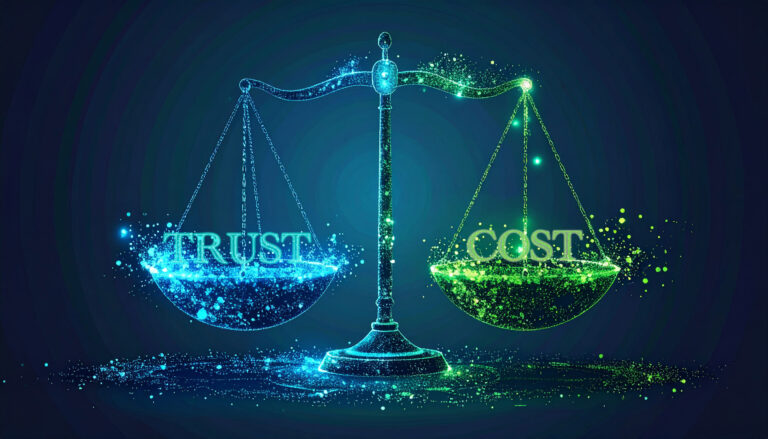RIT brings national green chemistry leaders together to “Bridge the Gap” between innovation and education | Golisano Institute for Sustainability
The Breakdown
RIT, the Golisano Institute for Sustainability, NYSP2I, and Beyond Benign are convening cross-sector leaders at a one-day workshop to accelerate the integration of green chemistry principles throughout the education pipeline and value chain. With notable figures such as John Warner—the co-founder of green chemistry—and stakeholders across academia and industry, the event aims to better align talent development, chemical product innovation, and sustainability goals. National and state-level commitments to structured green chemistry adoption are converging, with practical implementation showcased via hands-on, real-world case studies. This marks a strategic push to close the gap between educational curricula and industry’s emerging needs for safe, sustainable, and compliant chemical solutions.
Analyst View
While sustainability has been a long-standing aspiration, the convergence of institutional, regulatory, and industry actors signals a maturing demand for practical green chemistry adoption. RIT’s unique ecosystem, paired with the visibility of national leaders, delivers credibility to the drive for curriculum transformation, providing a foundation to support industry’s growing expectations for safer, more sustainable chemical innovation. Importantly, this also highlights an evolving customer need—with downstream producers, consumers, and regulators increasingly scrutinizing product safety, lifecycle impact, and compliance with environmental initiatives.
Competitive alternatives are reshaping as the bar for green chemistry integration rises. Those organizations already aligned with the Green Chemistry Commitment, and closely connected to leading university-industry collaborations, are likely to see brand differentiation, earlier access to talent, and increased acceptance by value chain partners. Meanwhile, those lagging behind face higher adaptation costs and potential market entry barriers as demand for sustainable practices moves from preference to prerequisite.
The reframing of pollution prevention—from end-of-pipe to source-level innovation—reverberates throughout the value chain. As speakers stress, transformative impact requires cultural as well as technical adaptation: leaders must ensure not just compliance with emerging standards, but also cultivate the organizational capacity to anticipate and shape new market expectations. Alignment with these shifts will be a signal of future market resilience and adaptability.
Navigating the Signals
Business leaders should prepare for a market landscape in which sustainability is structurally embedded in both talent pipelines and procurement expectations. The rapid formalization of green chemistry in education and practice will not only increase regulatory requirements, but will also redefine what customers, suppliers, and partners demand from chemical producers and formulators.
Internal strategy sessions should focus on re-evaluating workforce development, innovation processes, and value chain partnerships to ensure that green chemistry is more than a compliance checkbox. Leaders must ask: Are our R&D and product teams fluent in the latest sustainable design principles? Are we positioned to attract and retain talent proficient in green chemistry? Do our current supply chain partners and customers treat sustainability as a core performance metric—and are we prepared to meet that standard consistently?
What’s Next?
Breakthrough Marketing Technology supports specialty chemicals and polymers leaders in proactively responding to this new era of value chain scrutiny and stakeholder expectations. We help clarify uncertainty, prioritize action, and translate sustainability imperatives into opportunity by:
- Identifying the gaps between current processes and emerging requirements across education, production, and market channels
- Mapping market signals to actionable growth pathways and innovation priorities
- Fostering value chain partnerships that accelerate sustainable differentiation and reduce commercial risk
- Equipping organizations to anticipate and capitalize on evolving customer and regulatory demands
Rather than reacting, industry leaders can drive the agenda—positioning ahead of compliance, enabling talent and technology integration, and building resilience into both innovation and marketing strategies.
Source
Understand Your Risk. Seize Your Opportunity.
Take the Breakthrough Market Uncertainty Assessment Guide to pinpoint what’s holding your growth back, and what can accelerate it.


